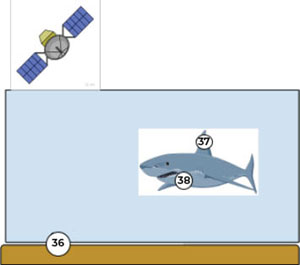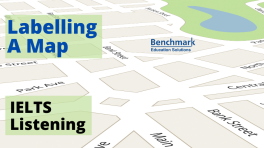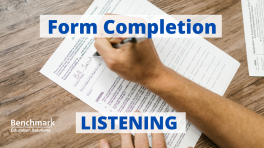IELTS Listening: Diagram Labeling Practice Test
- 0 Comments


Labeling a diagram is another common task in IELTS listening section. Diagrams can include machines, processes, devices, and more.
Table of Contents
1. Labelling a Diagram Question Explained
You may be asked to write the correct letter of a part of the diagram next to its description, or you may be asked to provide the description of an unnamed part.
The instructions for labelling a diagram question type are very important! They will specify how many words you can use in your answer, and what kind of words you can write. For example, if your instructions say, “No more than two words and/or a number,” your answer can contain one word, two words, one number, or one word and one number. Notice that “words” is plural, and “number” is singular.
Always write numbers as numbers, so you won’t have to worry about correct spelling.
Hyphenated words such as “back-and-forth” count as one word.
If you use more words and numbers than you are allowed, your answer will be incorrect.
2. Here are two sample questions and how they will appear on your paper:
Sample 1
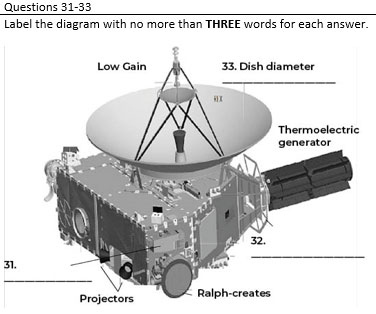

Sample 2
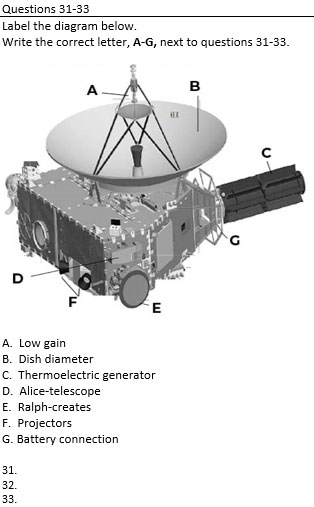

3. Tips Before You Listen
Here are some tips that will help you before you listen to the audio:
- Read the instructions carefully!
- You will have time to examine the diagram and the answer options before the recording plays.
- Pay attention to the parts that are already labeled.
- Think of possible synonyms for the answer options.
- Based on the diagram, predict the topic and possible content of the audio you are about to hear.
- Make sure you know if you should answer with a single letter, or with a word or phrase.
4. Tips While you Listen
Here are tips to consider as you are listening:
- The question numbers are in the same order you will hear the information in the audio.
- Your answer should make grammatical sense.
- There will always be more answer options than you will need, so the process of elimination will not work.
- The questions usually use synonyms of words found in the audio. You may hear the exact words used in the answer options, but be careful to decide what the correct answer should be.
- If you have trouble with a question, make an educated guess and move on. You don’t want to lose your place in the audio and risk missing even more questions. Don’t leave any answers blank, even if you have to guess.
5. Ready to try a sample question?
First, read the question with its answer options. Then, click play and listen to the audio to find the answers. During the actual exam, you will only be able to hear the audio once, so try to answer both questions as you listen one time. Of course, since you are practicing, you may listen to the audio multiple times to become more familiar with the question type and how to answer it.
Ready? Here is the question.
Questions 36-38
Label the diagram below. Write the correct letter, A-G, next to questions 36-38
Now, listen to the audio and answer the question.







